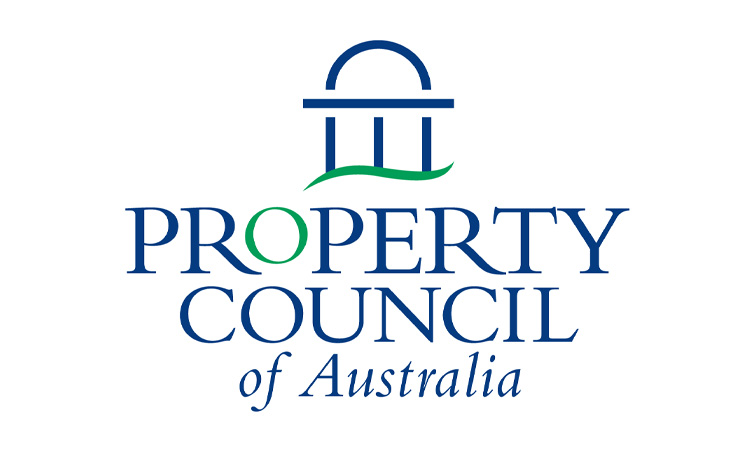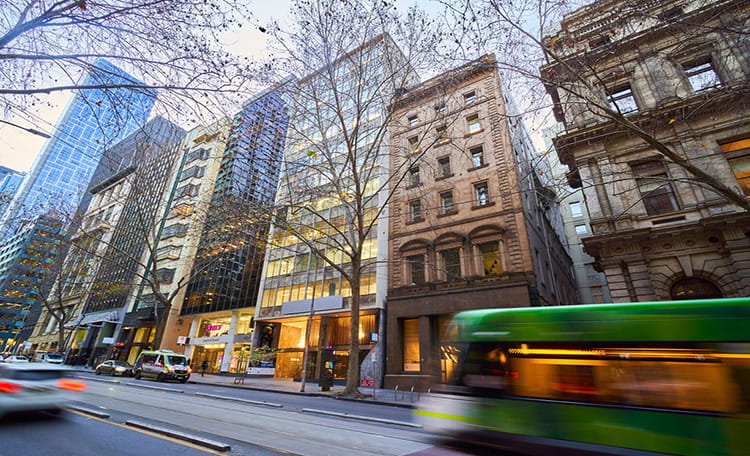- Return to pre-pandemic global demand for office spaces from traditional demand groups remain distant as global interest rates remain elevated despite inflation rates cooling down
- Obscure policies towards remote work schemes of local IT-BPM companies to further stall growth and expansion decisions
Overall Grade ‘A’ and Prime office vacancy in Metro Manila remains steady at 16.83% by end-Q3 2023, a 6-bps decline QoQ from the reported vacancy of 16.90% in Q2 2023 and a 72-bps increase YoY from the reported 16.12% vacancy in Q3 2022.
The return of office space by several occupiers is still prevalent in several submarkets in Metro Manila. Nonetheless, positive absorption figures are recorded overall with roughly 38,000 sqm net absorption in Q3 2023, bringing the YTD net absorption to roughly 0.13 million sq.m. The positive absorption figures are brought on by several occupiers that have relocated or consolidated their office spaces in one location to take advantage of the prevailing high vacancies.
Outlook remains that vacancy figures are to improve as delayed transactions in 2023 are projected to come up online in the coming year.
Average Asking Rent Marginally Decreases in Q4 2023
As office vacancies remain high in Metro Manila, majority of the landlords of Prime and Grade ‘A’ office spaces have kept their headline rates steady. However, some landlords have posted a slightly lower headline rent for their office spaces by end-Q4 2023, bringing the average asking rent of Prime and Grade ‘A’ office space to PHP 1,023 / sqm / month.
This figure is a 1.8% decrease QoQ from the previous quarter’s rent of PHP 1,042 / sqm / month and a 1.5% decrease YoY from the reported rent of PHP 1,038 / sqm / month in the same quarter the previous year. Despite the decrease in headline rates, the continued increase in the net absorption figures is still indicative of the continued, albeit slow, recovery of the office real estate market in Metro Manila.
Tetet Castro, Director and Head of Tenant Advisory Group at Cushman & Wakefield, said, “The office real estate market in Metro Manila remains in recovery phase by end-Q4 2023. While majority of the landlords in Metro Manila are keeping their headline rent steady, some had posted slightly lower rents in Q4 2023, bringing the average asking rent down by 1.8% to PHP 1,023 per sqm per month from the previous quarter’s reported rent of PHP 1,042 per sqm per month, as a result of prevailing high vacancies in the market. Overall vacancies of Prime and Grade ‘A’ Office spaces closed at 16.3% in Q4 2023, a marginal decrease from the previous quarter’s rent of 16.8%. With the large volume of office space expected to be completed in the first half of 2024, as well as the proposed amendments to legislation that will allow for the IT-BPM sector to operate on a more flexible work arrangement, vacancies are projected to increase.”
Claro Cordero, Director and Head of Research, Consulting & Advisory Services at Cushman & Wakefield said, “Despite inflation rates cooling down, global interest rates will remain elevated (even after approximating their peak levels). As a result, the return to pre-pandemic global demand for office spaces from traditional sources remains distant. On the other hand, demand for more outsourcing activities will stimulate occupier demand, albeit at a lower growth rate, which will improve the overall market vacancy rates in established CBDs.”
“The current confusion on the new legislation allowing remote work schemes must be clarified, as this will further stall expansion decisions of IT-BPM companies. These future growth plans will stimulate office space absorption in the local market.”
“The demand for sustainable construction practices and property management is taking shape as large corporate occupiers simultaneously chart their long-term real estate strategies. The demand for high-quality developments will further highlight the demand for highly-flexible building systems and sustainable property management practices as effective ways to ensure healthy occupier demand while future-proofing commercial real estate developments,” Mr. Cordero added.
Anticipated Improvements in Macroeconomic Fundamentals to Drive Demand and Capital Values
Retail space demand is likely to show modest improvements amidst rising activity levels and international retailers kickstarting investment decisions, whilst downside risks persist as the high levels of prices and interest rates are seen to continuously weigh on consumer spending in the medium term.
Mr. Cordero further added, “The near-term outlook of the other key drivers of industrial segment, particularly the manufacturing and trade industries, remain challenged amidst unfavorable global business climate whilst overall prospect for growth remains solid to cater to e-commerce supply chain requirements. Demand is particularly buoyant in industrial hot spots in CALABA area whilst capital values of industrial properties remain flat as new supply continues to keep up with growing demand for warehouses and industrial land.”
The residential market performance has remained soft as the slowing economy and affordability challenges hammered demand in the past quarters. Significant improvement in demand and capital values is seen in the near-term amidst resilient job market, bright outlook for OF remittances, and the anticipated benchmark rate cuts by the central bank.
Following the sustained growth in visitor arrivals, travel and hospitality has shown steady improvements with occupancies in key markets closing to pre-pandemic levels. Nonetheless, the challenges such as the rising cost of hotel operations and the shortage in staffing are seen to persist in the medium term.
Geopolitical Conflicts and Geographic Diversification Strategy to Further Widen the Recovery Gap Among Key Markets
Estimated average office (gross) rental yields in Q4 2023 inched downwards to 6.80% from its Q3 2023 level at 6.90%. Year-on-year (YoY), however, the rental yields increased by about 55 bps from its level in Q4 2022. Despite a respite from the hike in key global interest rates, C&W Research estimates gross rental yields for the Manila market will slightly increase in 2024 in view of the anticipated second round effects of the consecutive policy rate adjustments made by the Bangko Sentral ng Pilipinas.
Mr. Cordero mentioned, “Despite the declining trend in inflation and the anticipated pause to the sharp interest rate hike, economic recovery is still seen to be uneven across different markets. Thus, while over-all investment market sentiment is expected to improve, the geopolitical conflicts and geographic diversification strategy may further widen the recovery gap among key markets.”
“APAC investment volume in 2023 hit multi-year lows, as the performance of the office sub-sector remain lackluster. In the Philippines, large-scale investment transactions may still take time to fully recover, as price expectations remain elevated as the effects of high interest rates remain sticky in the system. Office vacancy in the Manila market will continue to breach historical high levels due to balance of new completions in the short- to medium-term, as well as the continuous right-sizing initiatives of most global occupiers.”
“Driven by the ever-increasing demand for industrial space in most APAC markets, upward pressure on rents in high-quality logistics & industrial spaces in the Manila market is similarly expected. Due to the continued increase in e-commerce growth and optimization of supply chains in APAC, the longer-term growth outlook for industrial space demand is seen to persist,” Mr. Cordero said.
“The strong presence of established Tier 1 developers (with massive exposure to other key sub-sectors such as office, retail and hospitality) in the logistics & industrial space market should aid in capturing new opportunities that are expected to flow from leveraging existing relationships with tenants to aid their expansion by providing bespoke solutions which will assist in prudent capital deployment, rather than flooding the market with excessive speculative build,” Mr. Cordero further added.




